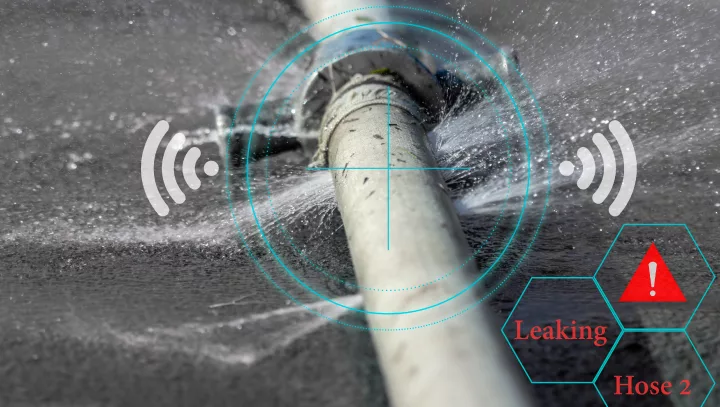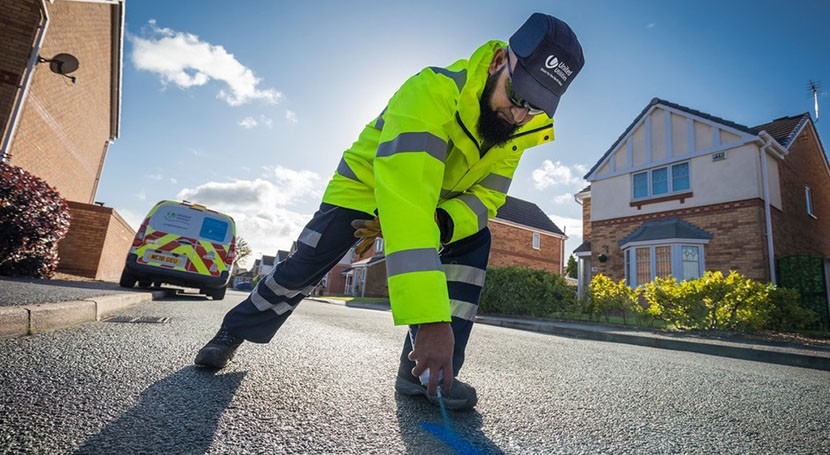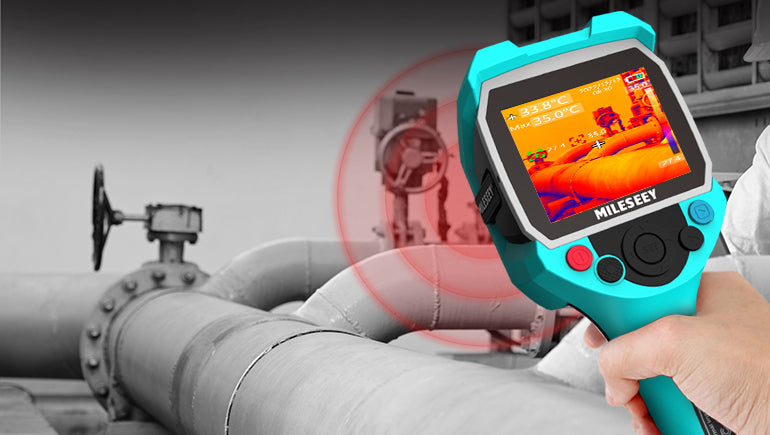Cutting-edge Solutions for Very Early Detection of Water Leaks in Structures and Infrastructure
As the honesty of buildings and facilities is extremely important, the difficulty of very early discovery of water leakages has spurred ingenious remedies that promise to reinvent the way we protect versus prospective problems. From sophisticated leak detection innovations to the release of IoT sensors for real-time monitoring, the landscape of leakage avoidance is evolving quickly. Equipment discovering formulas provide a look right into the future of leak prediction, while thermal imaging offers a non-intrusive approach for identifying surprise leakages. Automated water circulation evaluation systems are improving how leaks are determined and dealt with, leading the way for a positive technique to water leakage detection. Each of these services holds the essential to guaranteeing the dependability and durability of our constructed environment, motivating a shift in the direction of an extra sustainable and reliable future.
Advanced Leak Detection Technologies
Advanced leak discovery innovations, equipped with sophisticated sensing units and algorithms, play an essential function in swiftly determining and determining water leakages in different setups. Electromagnetic sensors can identify changes in electromagnetic areas caused by water, using yet an additional layer of leakage detection capability.

IoT Sensors for Real-Time Monitoring
In the realm of modern water leakage discovery, the combination of IoT sensors for real-time tracking represents an essential development in improving proactive leak discovery abilities. These sensors offer continual monitoring of water supply, offering real-time data on water flow prices, stress variants, and temperature level adjustments. By leveraging IoT technology, these sensors can detect also the smallest anomalies in water use patterns, enabling early identification of possible leakages before they intensify into major issues.
IoT sensing units transmit information to a central platform, where advanced formulas evaluate the information and produce signals or notices when abnormalities are identified. This real-time monitoring capability allows homeowner or center managers to immediately attend to leaks, decreasing water damage, minimizing repair costs, and saving water resources.
In addition, IoT sensing units can be integrated with structure monitoring systems, permitting computerized responses to discovered leakages, such as shutting down water valves or turning on pumps to minimize the effect of leakages. Generally, the application of IoT sensors for real-time surveillance considerably improves the performance and effectiveness of water leak discovery in structures and infrastructure.
Artificial Intelligence Algorithms for Leak Prediction

One secret benefit of using artificial intelligence for leak look at this site forecast is its ability to continually discover and boost its precision over time. As more information is collected and fed into the formula, it can fine-tune its forecasts and adapt to transforming conditions, eventually increasing the dependability of leakage detection systems.
Additionally, artificial intelligence algorithms can assist in recognizing subtle signs of leakages that might go undetected by typical monitoring approaches. water leak detection. By assessing complex data sets in real-time, these algorithms can give early warnings and notifies, allowing for timely treatment and preventative upkeep to minimize prospective water damages and linked expenses
Utilizing Thermal Imaging for Leakage Discovery
Thermal imaging modern technology supplies an encouraging method for detecting water leakages in different systems and infrastructures. By making use of infrared radiation and temperature level variances, thermal imaging electronic cameras can determine concealed leaks that are not quickly noticeable to the naked eye. When water runs away from pipes or structures, it usually transforms the temperature level of the surrounding area, developing temperature differentials that thermal cameras can capture. These temperature level abnormalities are then translated right into visible pictures, highlighting the specific area of the leakage.
One of the vital advantages of thermal imaging for leak discovery is its non-intrusive nature. Unlike typical techniques that may call for burglarizing walls or floors to locate leakages, thermal imaging enables non-destructive testing. This not only saves time and decreases expenses but also lessens interruption to the structure or framework being examined. Additionally, thermal imaging can rapidly scan huge locations, giving an extensive introduction of prospective leakage sources in a prompt fashion. In general, the usage of thermal imaging innovation boosts the performance and precision of water leak detection, making it an important tool for maintaining the integrity of buildings and facilities.
Automated Water Flow Analysis Equipments
Just how can automatic water flow analysis systems change the discovery and management of leakages in different systems and infrastructures? Automated water flow analysis systems offer an aggressive method to leak discovery by continually keeping an eye on water flow rates and patterns. By establishing baseline data, these systems can promptly determine inconsistencies that might suggest a leakage, making it possible for timely intervention to prevent extensive damage.
These systems use advanced formulas to examine real-time data and give instant signals when anomalies are found, enabling speedy activity to be taken. Additionally, computerized water flow analysis systems can be incorporated with structure administration systems or IoT systems, improving total efficiency and making it possible for remote tracking capabilities.
In addition, the data collected by these systems can be utilized for predictive upkeep purposes, aiding to identify potential weak factors in the infrastructure prior to leakages occur. In general, the implementation of computerized water circulation analysis systems can substantially improve leakage detection and monitoring techniques, eventually useful link leading to cost financial savings, decreased water waste, and increased sustainability in buildings and infrastructure.

Verdict
Finally, the integration of advanced leak discovery technologies, IoT sensors, device understanding formulas, thermal imaging, and automated water circulation evaluation systems provides cutting-edge see post options for very early detection of water leaks in buildings and infrastructure. These modern technologies enable real-time tracking, prediction of leakages, and reliable detection techniques to stop water damages and wastage. Implementing these services can assist in maintaining the honesty and sustainability of water supply in different settings.